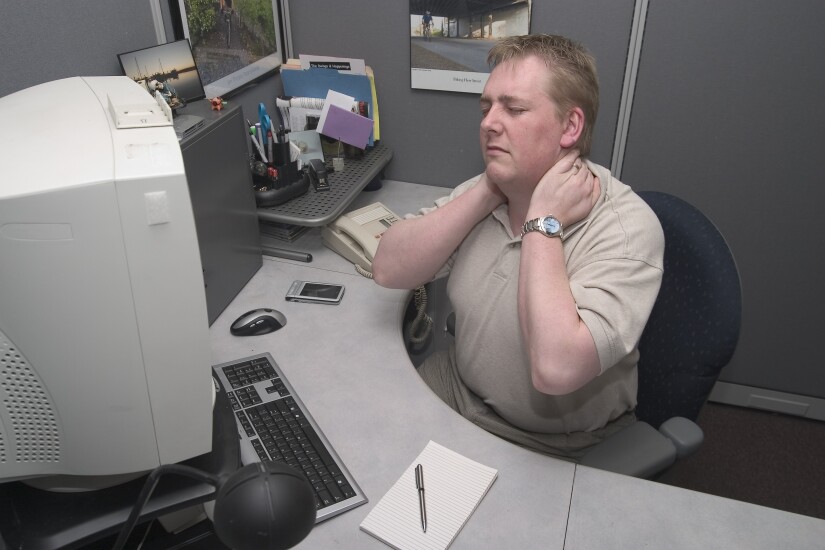As
9 questions to ask to boost your remote workers’ productivity
July 9, 2020 4:58 PM
As









Employers who use resources from countries impacted by tariffs are feeling the financial strain.
Between rising premiums and drug shortages, benefit managers need to strategize effectively to weather possible pharmaceutical tariffs.
Looser child labor laws threaten to transform the job market — and put HR leaders in a troubling position.
Matt Ohrt didn't know much about the dysfunctional U.S. healthcare system until immersing himself in the details changed everything.
When employees are comfortable with the rate of their contributions, they're more likely to continue saving on a consistent basis.

After a surprise diagnosis, access to an end-to-end surgery benefit gave one employee a "new lease on life."